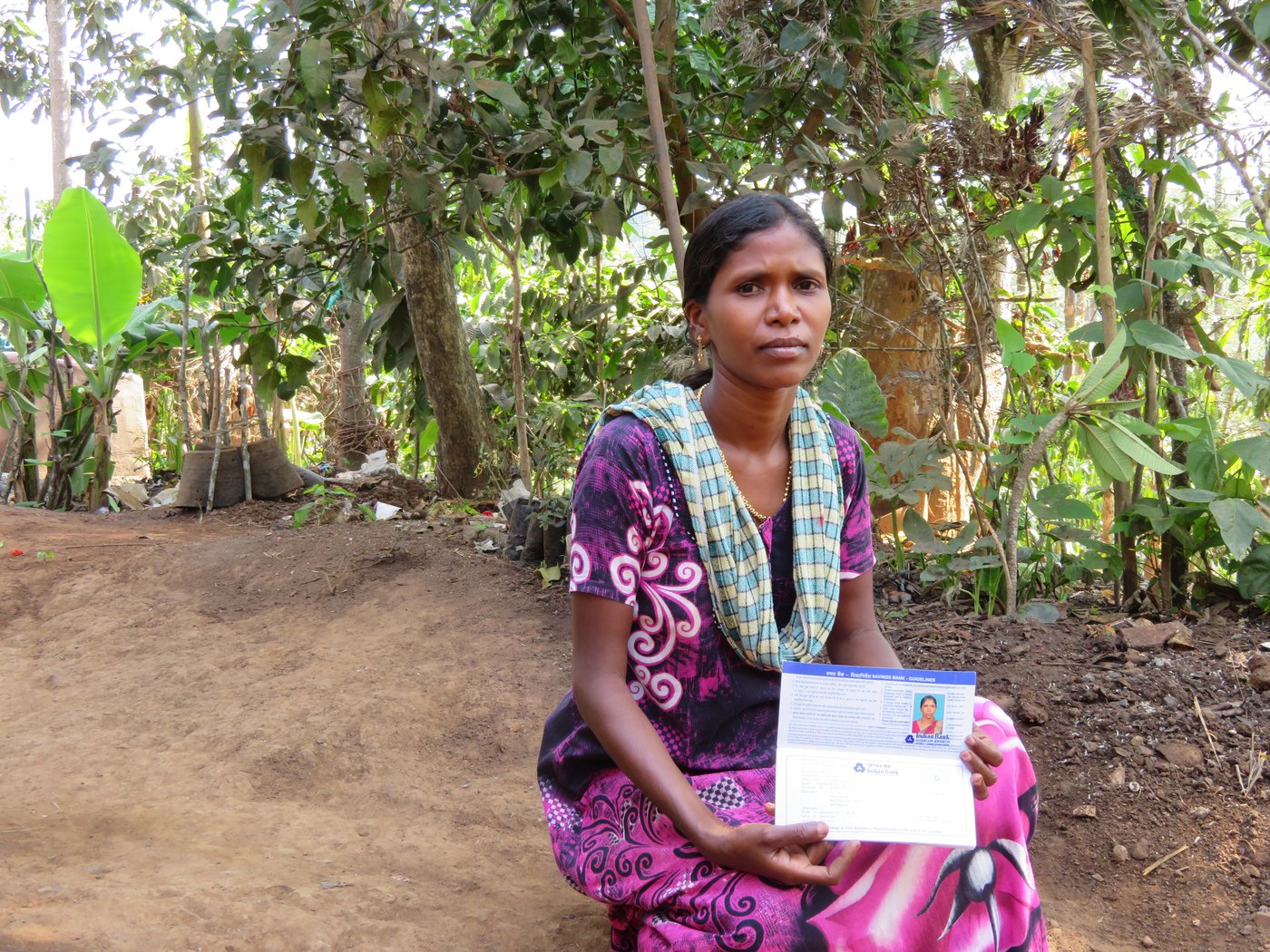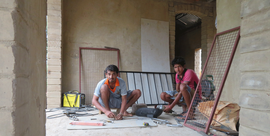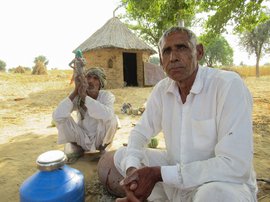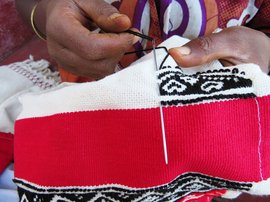M. Madhan knows what it takes to climb and perch precariously on 60-feet tall trees to collect honey, work in the vicinity of wild elephants in the dense Mudumalai forest, and live amid wilderness with some 65 tigers on the prowl.
None of these have made him fearful. He laughs when we ask him how many tigers he has seen up close: “I stopped counting!”
But it’s a lurking danger of a different kind that now has him worried. Madhan and the other residents of Benne – one of seven hamlets of around 90 families within the buffer zone of the Mudumalai Tiger Reserve – may soon have to leave behind their ancestral homes and land.
Madhan shows us his homestead in the forest. Next to his family’s mud and thatch house is a temple to Goddess Mariamma, and sheltered by a clump of trees is the graveyard where generations of his ancestors lie buried. He points to a stream in the valley and to his family’s vegetable patch, encircled with thorny shrubs to guard from hungry animals. “This is our home,” he says.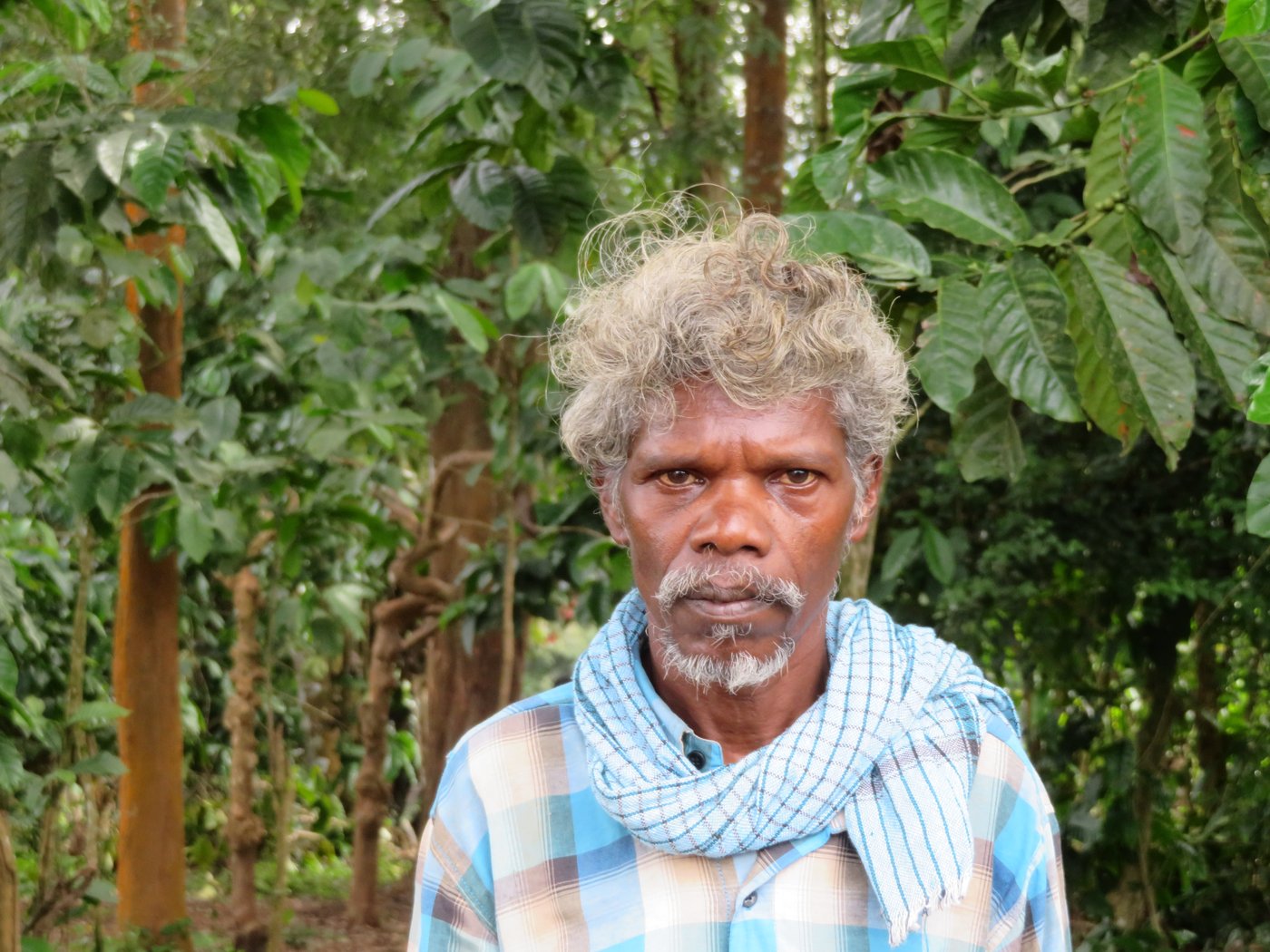
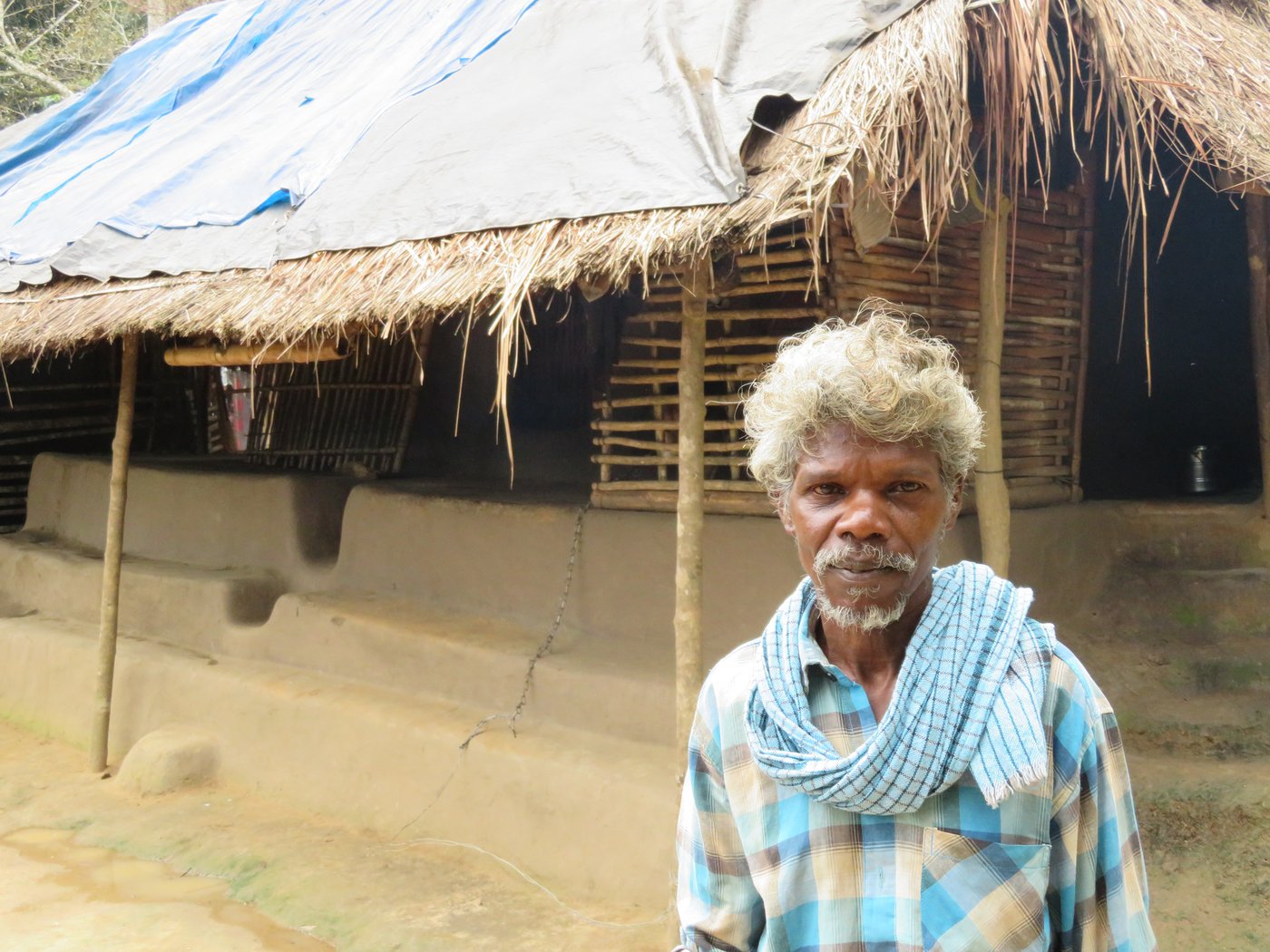
M. Madhan and other residents of Benne may soon have to leave behind their ancestral homes and land
Benne is one of the seven hamlets (note forest departments documents) within the buffer zone of the Mudumalai Tiger Reserve. All of the residents of these hamlets belong to the Kattunayakan and Paniyan Adivasi communities. The 688-square kilometre tiger reserve in the forests of Tamil Nadu was notified as a critical tiger habitat in 2007. And in 2013, the forest department began actively pushing the National Tiger Conservation Authority’s (NTCA) relocation offer of Rs. 10 lakhs to those willing to relocate outside the forest. The NTCA’s relocation programme, as amended in 2006, calls for ‘strengthening tiger conservation’ and offers monetary compensation.
Benne residents considered the offer and decided they would rather stay put, with their temples and graveyards undisturbed and in close proximity. On January 17, 2016, a 50-member Benne gram sabha meeting unanimously passed and signed two resolutions, which say, in Tamil: ‘Benne Adivasi village will not relocate to any other area. We don’t need another place and we don’t need money.’
Backing them was the Forest Rights Act of 2006 , which states that traditional forest dwellers ‘have the right to hold and live in the forest land’. It also specifies that before moving people from their hamlets and villages, ‘free informed consent of the gram sabha to the proposed resettlement and the package’ must be obtained in writing.
But within a year after the gram sabha resolution, Madhan’s family, along with 44 other Kattunayakan Adivasi families of Benne, changed their mind and accepted the Rs. 10 lakhs relocation package. “We were not given a choice,” Madhan told me in October 2019. “The forest ranger would seek us out individually and urge us to reconsider. He said if we don’t move now, later we would be forcibly evicted and not get a paisa.”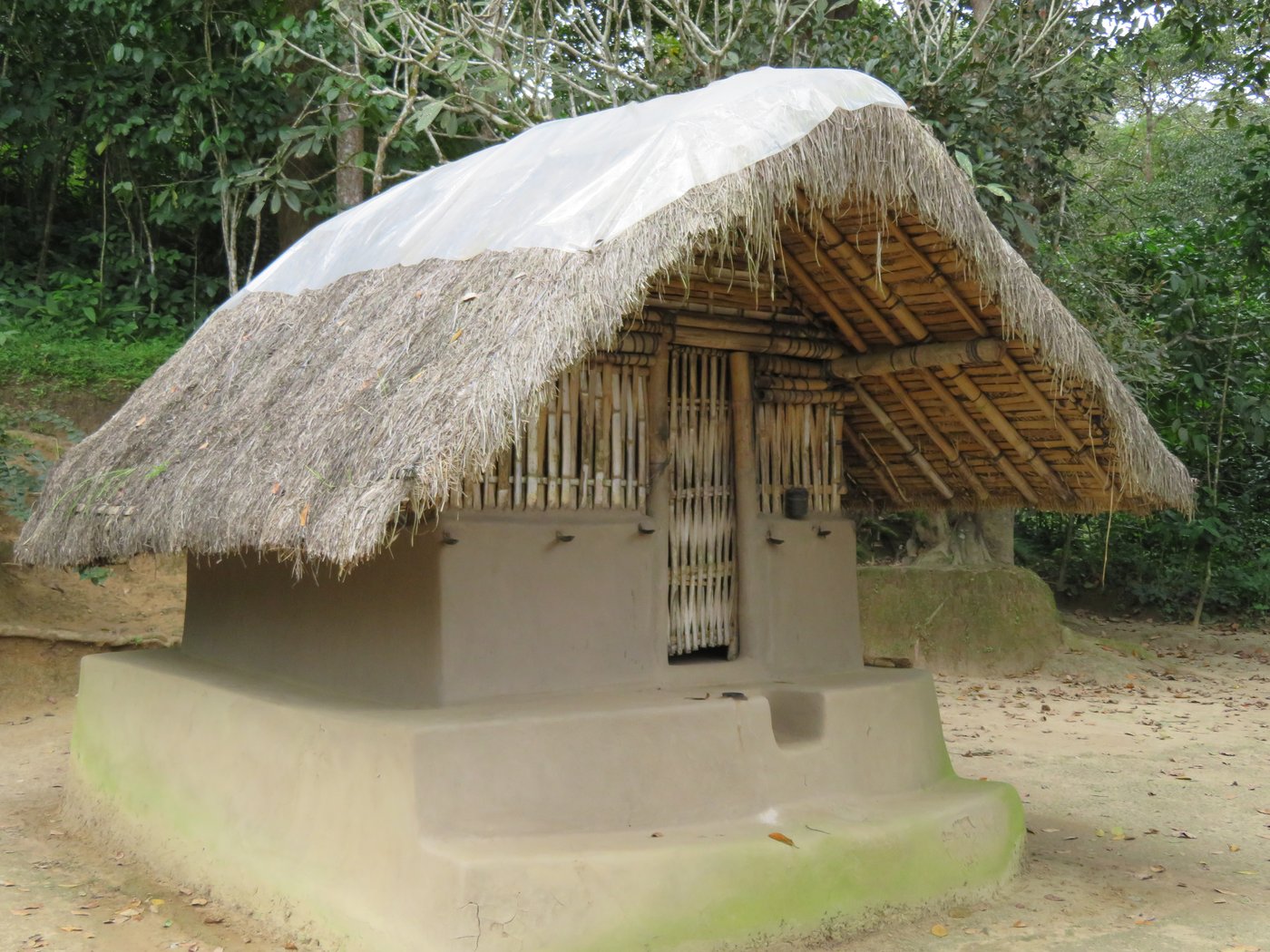
!["Now I am stopped and not allowed to enter [the forest]' says G. Appu](/media/images/IMG_2103.max-1400x1120.jpg)
Left: Madhan's family shrine. 'This is my home', he says. Right: "Now I am stopped and not allowed to enter [the forest]' says G. Appu
In June 2018, Madhan’s family received Rs. 5.50 lakhs of the first instalment of Rs. 7 lakhs relocation amount. (NTCA guidelines state that Rs. 7 lakhs will initially be given for purchasing land, and the remaining Rs. 3 lakhs will be given after three years.) The same day, the money was transferred to a landlord introduced by the ranger, who offered the family 50 cents of land (half an acre) around a kilometre from his Benne homestead. “It is more than a year now and I haven’t got the title deeds for the land so I haven’t moved. I have no title and no money,” he says, looking away.
“The ranger would bring land brokers and they would convince us one by one to take the offer, promising good land and housing,” points out 40-year-old G. Appu, the Benne gram sabha president. Appu pooled his relocation package money with four other families to get two acres for Rs. 25 lakhs. “They [the landlord, advocate and ranger] filled the challan for transfer of the money in the office opposite the court,” he says. “Now they are saying give us 70,000 rupees more from the next lot of money you get and only then will we give your title deed.”
Divested of their dues and in danger of being displaced anytime, Madhan and Appu are also grappling with a loss of access to traditional sources of income. “I used to collect medicinal leaves, honey, nellikai [gooseberry], camphor and other forest produce. Now I am stopped and not allowed to enter,” says Appu. “We get beaten up if we go,” adds Madhan, “even though we are not breaking any rules.”
Unlike Madhan and Apu, in 2018, their neighbour K. Onathi did move to the new Benne village (they refer to it as ‘number one’), barely a kilometre from their old hamlet.
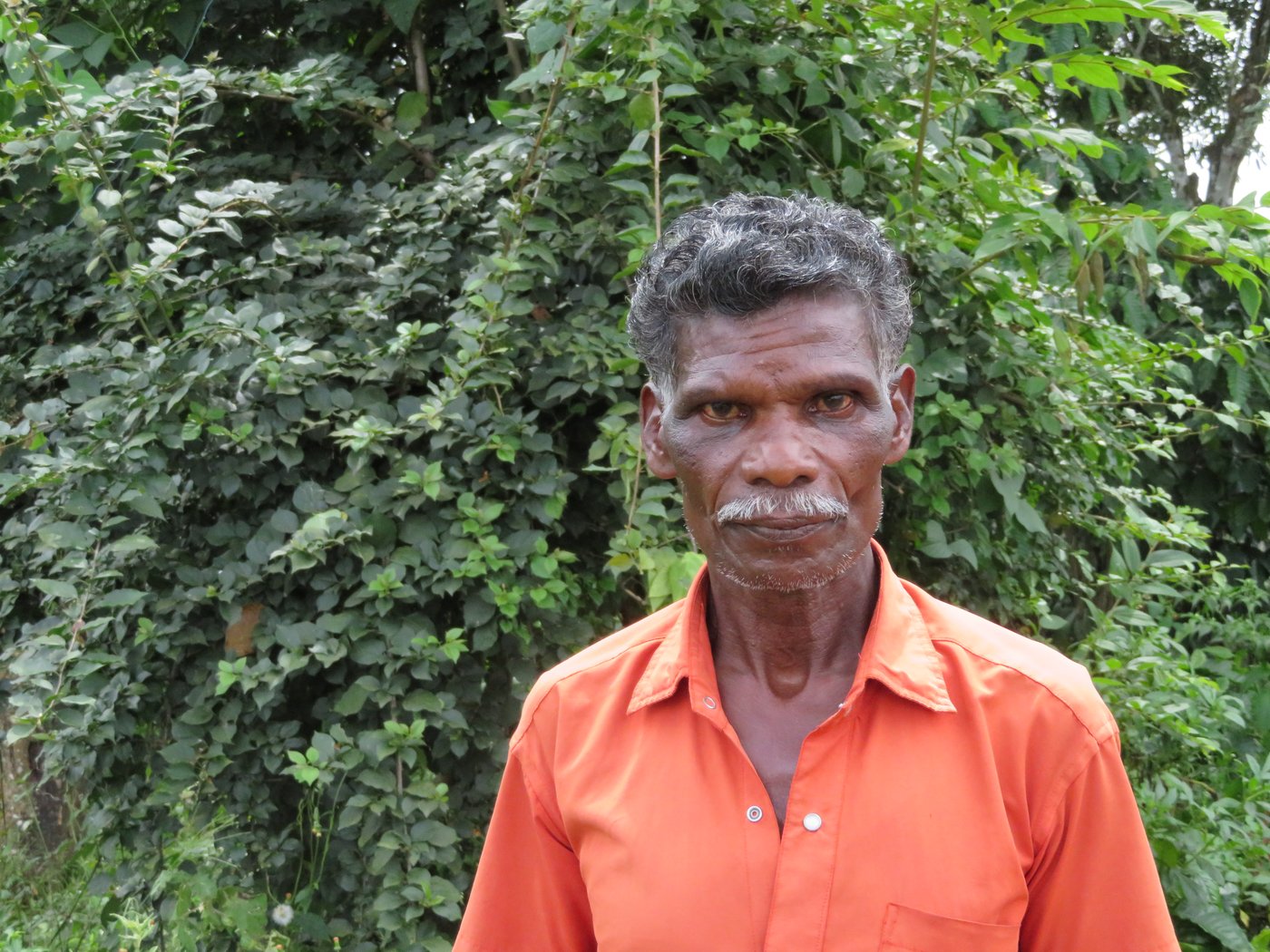
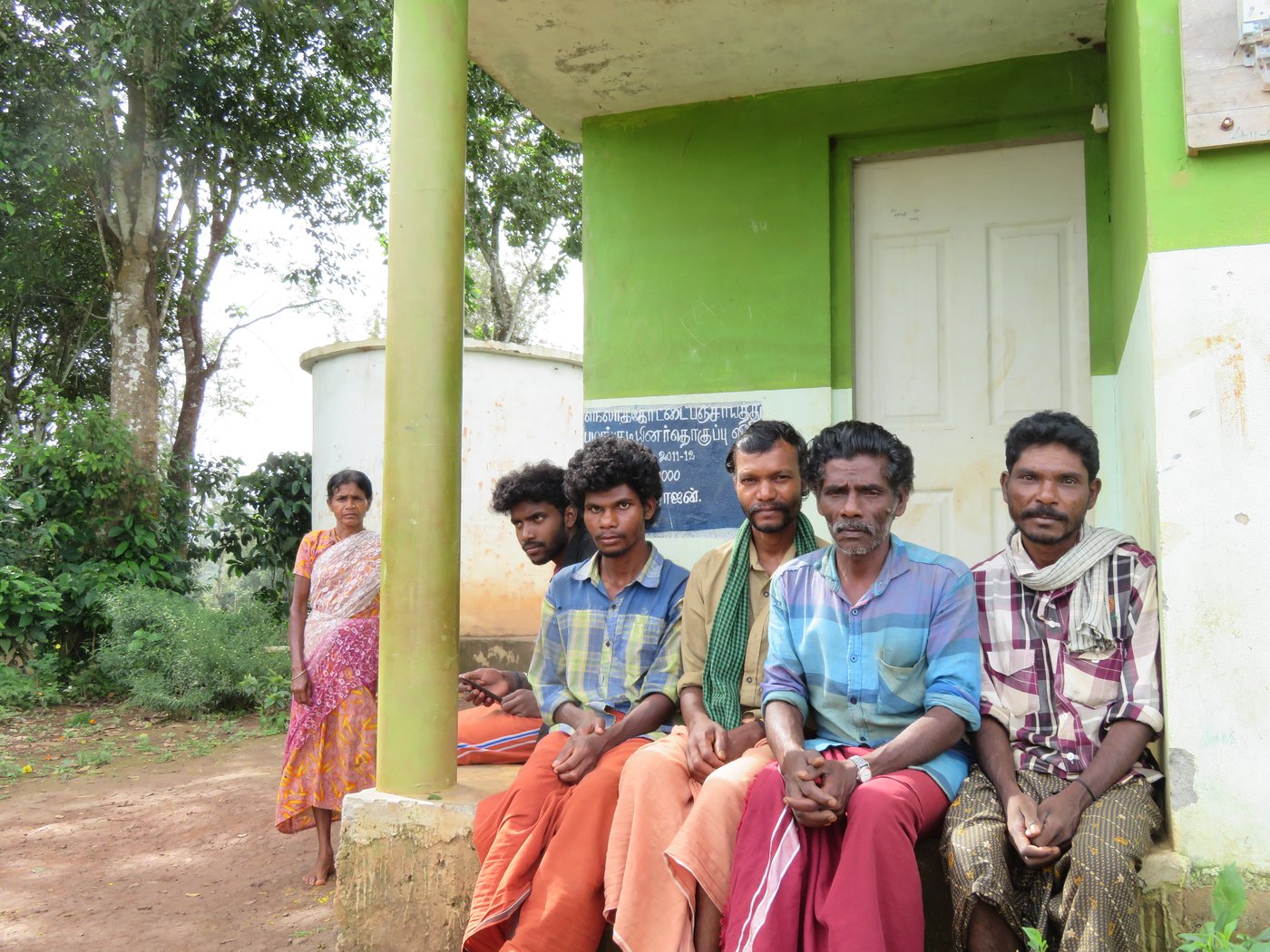
M. Chennan (left), Madhan's neighbour; within a year after the gram sabha resolution, 45 Kattunayakan Adivasi families of Benne changed their mind and accepted the Rs. 10 lakhs relocation package
When I visited, Onathi was cooking her family’s morning meal in a makeshift kitchen of bamboo poles and plastic sheets, outside her new home – a two-room cement edifice with the paint already peeling and the doors showing cracks. Onathi sometimes earns around Rs. 150 a day as a labourer on the nearby tea estates where work is scare, or on coffee and pepper plantations in the January-February plucking season.
Kattunayakans Adivasis like Onathi (they number around 2,500 in Tamil Nadu, says Prof. C. R. Sathyanarayanan, former director of the state-run tribal research centre in the Nilgiris), have for long worked as daily wage labourers on small coffee and pepper estates in the tiger reserve’s buffer zone. After many of the estate owners also took the relocation package and moved out around 2018, wage labour options reduced.
“I moved here thinking we will get some money [the Rs. 10 lakhs] but almost all is gone," Onathi says. "Six lakh rupees went to the broker and sellers who promised me 50 cents of land. This house is on five cents of land, and I don’t know where the rest of the 45 cents is. I have no papers.” An advocate, introduced to her by the ranger, “took Rs 50,000 as his fees, the house cost me Rs. 80,000 and for electrical connection they said pay 40,000 rupees.”
Around 30 kilometres east of Benne, is the hamlet of Nagampalli. It is six kilometres inside the tiger reserve. In February 2018, Kamalatchi M., 32, moved from here to Machikoli, outside the reserve, along with her husband Madhavan, 35, a daily wage labourer, their children, her parents, a widowed sister and her two children.
!['I moved here thinking we will get some money [the Rs. 10 lakhs compensation] but almost all is gone', Onathi says](/media/images/IMG_2057.max-1400x1120.jpg)
!['I moved here thinking we will get some money [the Rs. 10 lakhs compensation] but almost all is gone', Onathi says](/media/images/IMG_2074.max-1400x1120.jpg)
'I moved here thinking we will get some money [the Rs. 10 lakhs compensation] but almost all is gone', Onathi says
When Kamalatchi moved she took solace in the promised Rs. 10 lakhs and the few goats she is rearing. The goats are thriving but her relocation compensation money was withdrawn within minutes of being deposited. Her passbook shows that by November 28, 2018, she had received Rs 5.73 lakh and the same day Rs 4.73 lakh was transferred to a ‘Rosamma’ as payment for half-acre land. However, she has still not received any registered document to prove ownership.
Kamalatchi is among the better educated in her community – the literacy rate among the Kattunayakan Adivasis is 48 per cent. She has a Class 12 certificate and is trained to be a teacher (though she works as a daily wage labourer). Still, even she couldn't stand up to the bullying. “He [the ranger] went around telling everyone you have to leave and only if you go now you will get compensation, not later. We have lived in Nagampalli for more than five generations. When we left we felt as though a disaster had happened, as though we had lost everything.”
Two other Kattunayakan and 15 Paniyan families from Nagampalli also moved home without title deeds and into houses with no amenities. So on October 2, 2018, the Nagampalli gram sabha passed a resolution stating that some of them had been sold land without title deeds and at a higher price, and they sought the intervention of the Niligiri district collector to give them houses with amenities such as water, electricity, roads and graveyard spaces.
A few months later, in January 2019, Madhan, Onathi and Kamalatchi’s concerns were discussed at the Srimadurai office of the Adivasi Munnetra Sangam (AMS). This Gudalur-based organisation of Adivasis was formed in 1986 to strengthen and address their issues of land and rights. It has over 20,000 members in the Gudalur and Pandalur taluks . They shot off a letter dated January 26, 2019, to the president of National Commission for Castes and Scheduled Tribes, Delhi.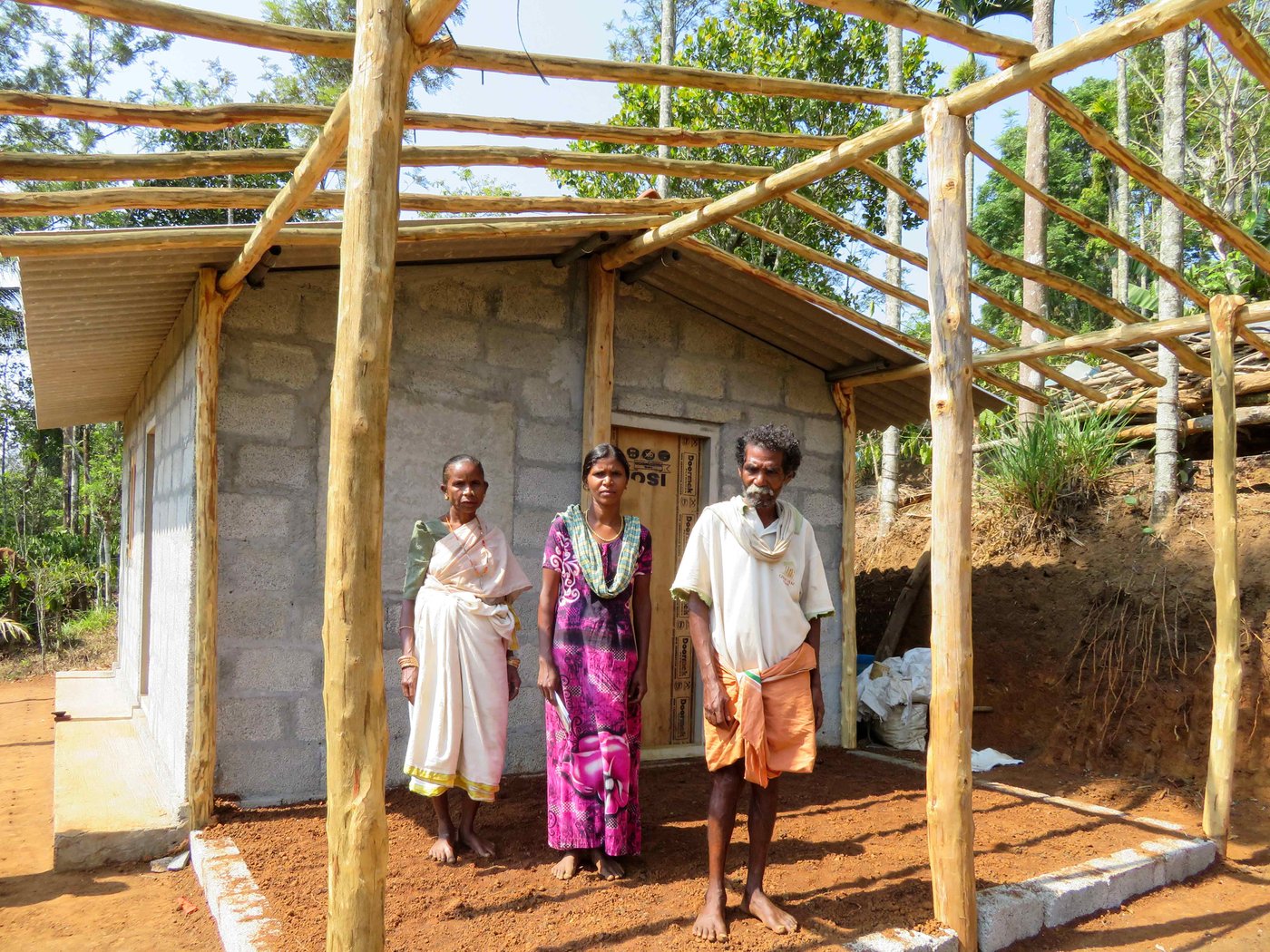
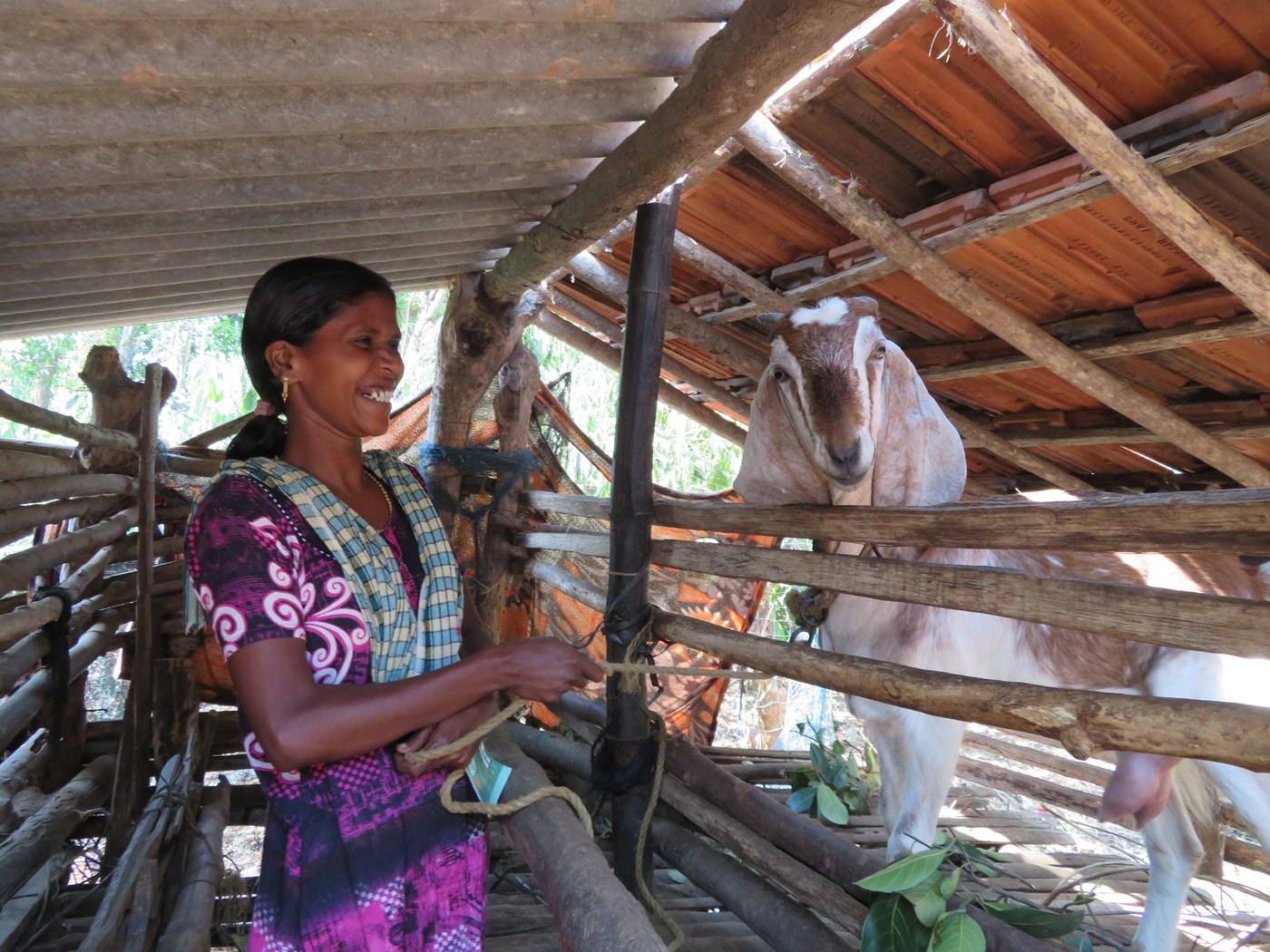
When Kamalatchi and her parents moved she took solace in the promised Rs. 10 lakhs and the few goats she is rearing. The goats are thriving but her relocation money was withdrawn within minutes of being deposited
AMS secretary, K. T. Subramani, a Mullukurumba Adivasi, says they also gave a two-page petition to the collector (Innocent Divya) in Udhagamandalam (Ooty) on March 6, 2019. The petition detailed the cheating and requested her to take action. It was on the letterhead of the Nagampalli gram sabha and signed by more than 20 members.
Finally, on September 3, 2019, nine people were named in an FIR (first information report) filed in the Gudalur police station (Gudalur town is around 20 kilometres from Nagampalli hamlet). Those named included Suresh Kumar (forest ranger) and Sugumaran (advocate), along with the landlords and brokers. The FIR lists several sections of the Indian Penal Code, including those that cover ‘criminal conspiracy’ and ‘punishment for forgery’. It also charges the nine under the Scheduled Castes and Scheduled Tribes (Prevention of Atrocities) Act, 1989.
“Because some people cannot read, they were just made to sign bank challans and the money was siphoned off from their account. We have named them in the FIR,” says AMS advocate G. Mallaichamy.
In October 2019, Suresh Kumar, the forest ranger named in the FIR, spoke to me on the phone and refuted the allegations: “I did not force anyone, they wanted to move. I have followed NTCA guidelines. Enquiry is on. I made no mistake. I am a government servant.”
K. Sukumaran, the advocate named in the FIR, rubbishes the allegations too: “It’s a false FIR based on false information and I have taken anticipatory bail [in November] as I am being cornered by anti-social elements.”
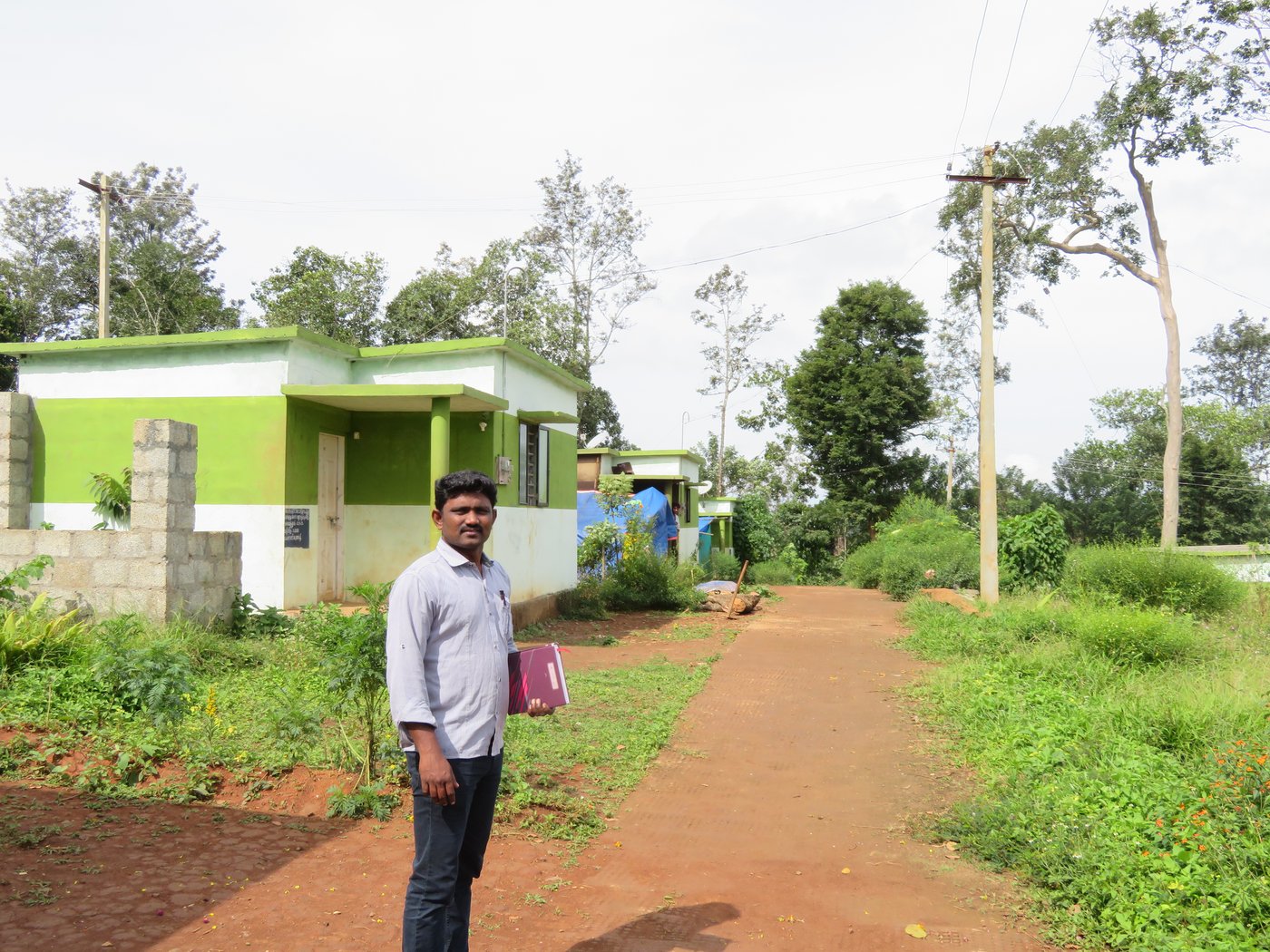
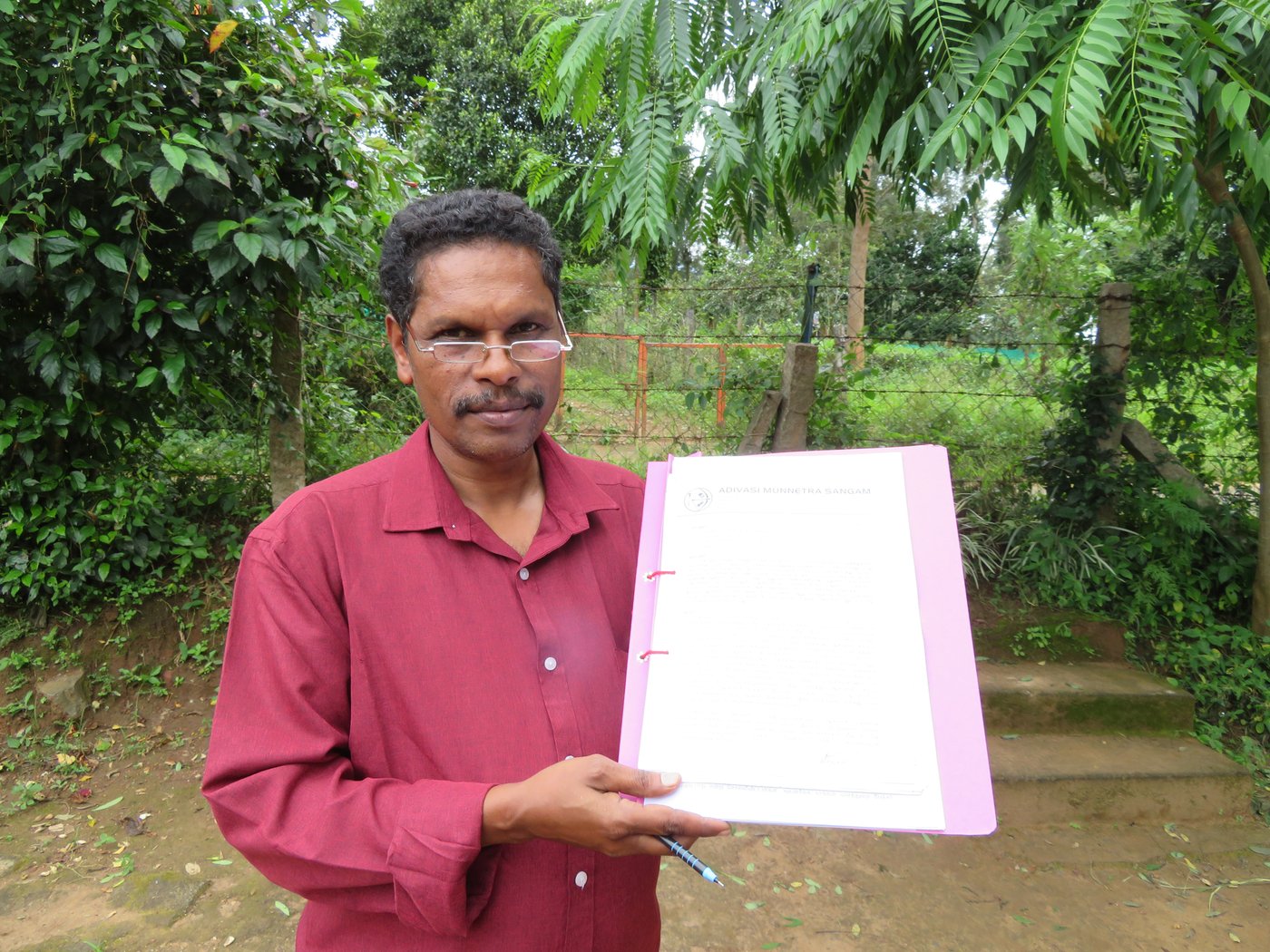
Left: Advocate G. Mallaichamy says because some people cannot read, they were just made to sign bank challans and the money was siphoned off from their account. Right: AMS secretary, K. T. Subramani, a Mullukurumba Adivasi, says they also gave a two-page petition to the collector in March 2019
A document issued by the office of the field director of the tiger reserve says that 701 families were found eligible for relocation compensation. In phases 1 and 2, 490 have been shifted from the seven hamlets. The remaining 211 families will be shifted in the ongoing phase 3. Another 263 families have been marked as ‘ineligible’ for relocation since they lack title deeds or live outside the reserve.
“It is a voluntary relocation as per the NTCA guidelines,” says K. K. Kaushal, who took over as MTR field director in March 2019. “As per our records, a total of Rs. 48 crores has already been disbursed and Rs. 20 crores is for phase 3.”
Meanwhile, K. V. Raj Kumar, who took charge as the Gudalur revenue divisional officer, in December 2018 (it’s his first posting) has taken note of the relocation issue. He says he spent many months studying the case. “In December 2019 I wrote to the deputy director of the MTR. I asked for ensuring asset creation as per NTCA guidelines, not merely handing over 10 lakh rupees. We should be looking at rehabilitation and reconstruction of livelihood, not just relocation.”
Back in Benne, the once resolute and confident gram sabha members like Appu and Madhan now live in anxiety. “We don’t fear tigers and elephants. We fear only some humans,” says Appu. Madhan worries about leaving his temple and graveyard behind: “They have always protected us. I am scared of the future.”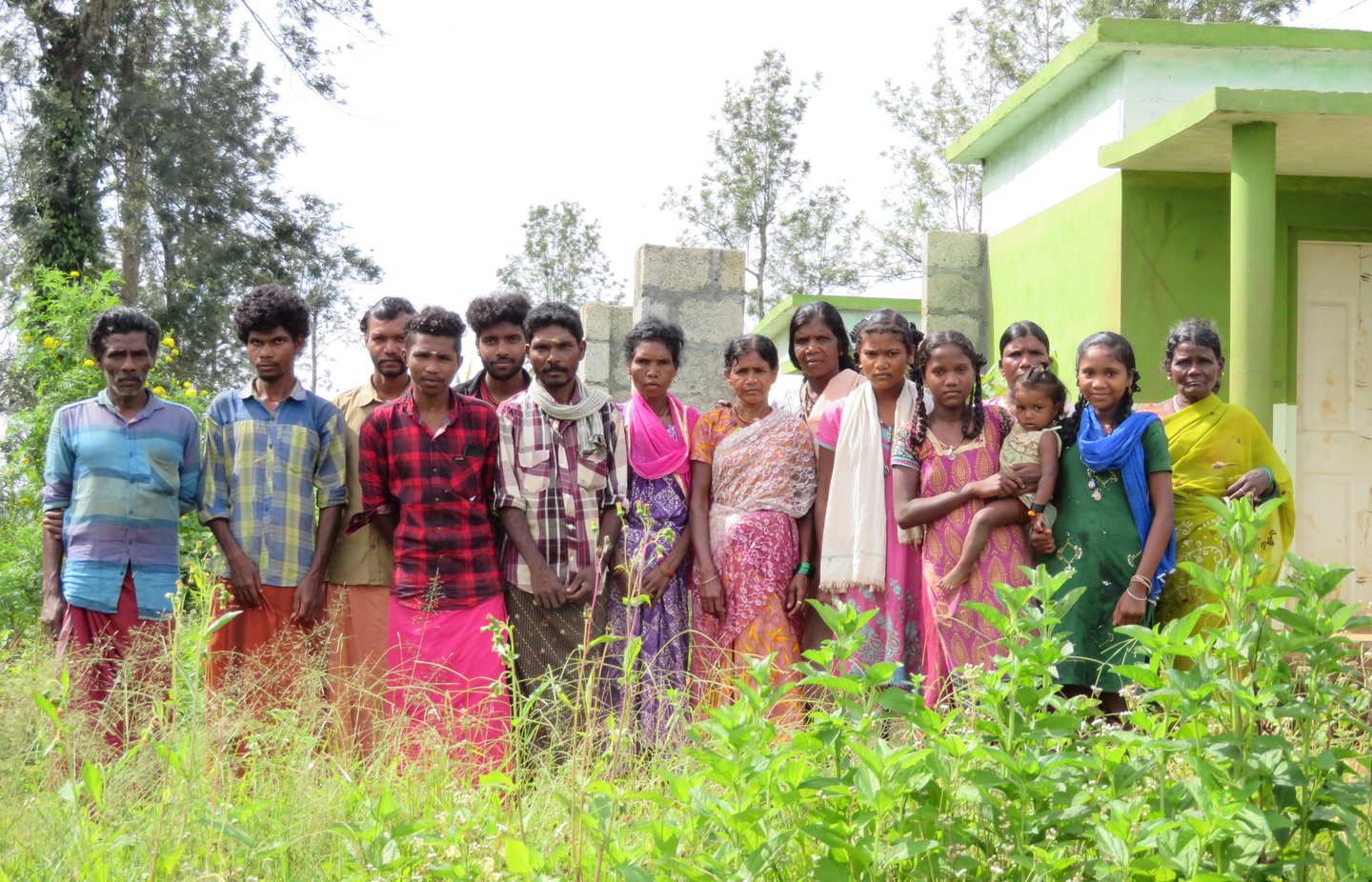
Displaced into uncertainty: Families in the 'new' Benne hamlet
The reporter would like to thank A. M. Karunakaran of Gudalur for his generous help in putting this story together.
